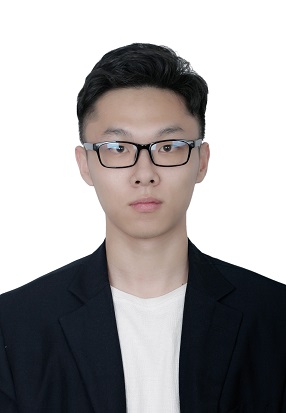A Vectorized Relational Graph Convolutional Network for Multi-Relational Network Alignment
Published in IJCAI 2019
Recommended citation:Rui Ye, Xin Li, Yujie Fang, Hongyu Zang, Mingzhong Wang: A Vectorized Relational Graph Convolutional Network for Multi-Relational Network Alignment. IJCAI 2019: 4135-4141
Paper link:Alignment of multiple multi-relational networks, such as knowledge graphs, is vital for AI applications. Different from the conventional alignment models, we apply the graph convolutional network (GCN) to achieve more robust network embedding for the alignment task. In comparison with existing GCNs which cannot fully utilize multi-relation information, we propose a vectorized relational graph convolutional network (VR-GCN) to learn the embeddings of both graph entities and relations simultaneously for multi-relational networks. The role discrimination and translation property of knowledge graphs are adopted in the convolutional process. Thereafter, AVR-GCN, the alignment framework based on VR-GCN, is developed for multi-relational network alignment tasks. Anchors are used to supervise the objective function which aims at minimizing the distances between anchors, and to generate new cross-network triplets to build a bridge between different knowledge graphs at the level of triplet to improve the performance of alignment. Experiments on real-world datasets show that the proposed solutions outperform the state-of-the-art methods in terms of network embedding, entity alignment, and relation alignment.
@inproceedings{DBLP:conf/ijcai/Ye0FZW19,
author = {Rui Ye and
Xin Li and
Yujie Fang and
Hongyu Zang and
Mingzhong Wang},
editor = {Sarit Kraus},
title = {A Vectorized Relational Graph Convolutional Network for Multi-Relational
Network Alignment},
booktitle = {Proceedings of the Twenty-Eighth International Joint Conference on
Artificial Intelligence, IJCAI 2019, Macao, China, August 10-16,
2019},
pages = {4135--4141},
publisher = {ijcai.org},
year = {2019},
}
